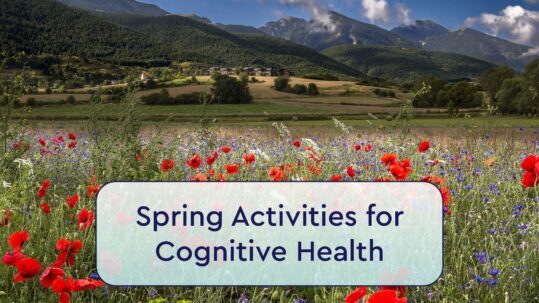Did You Know You Can Bathe in a Forest?
You Said What Now?
For years, the Japanese have practiced forest bathing (“shirinyoku“). Today, Western culture is catching up with Eastern traditions as more people are looking for healthy and cost effective ways to promote relaxation. Here are some of the many benefits that can be gained from practicing “shirinyoku” and why you should starting bathing outside the tub.
Growing research is showing the promising effects of forest bathing for stress relief and anxiety. Because many of us spend time indoors and on our devices, we do not get the benefit of fresh air and an environment where we can truly decompress.
“Nature can be beneficial for mental health…It reduces cognitive fatigue and stress and can be helpful with depression and anxiety“, says psychologist Irina Wen at NYU Langone Medical Center.

Reducing cognitive fatigue helps us think clearly and make better choices. When we spend ample time inside and plugged into our devices, our brains are being overstimulated, which can lead to mental burnout, fatigue and depression. Forest bathing offers a way to unplug from digital media, connect with nature, practice mindfulness and get some physical exercise.

Some Tips for Practicing Shirinyoku
Make your whereabouts known to others: Many people takes walks in the woods by themselves. Make sure a loved one, friend or neighbor knows where you are going. Keep a cellphone handy in the event of an emergency.
Pack food and water: Make sure you have a nutritious lunch or snack packed so that you can fuel your body as you take your walk or hike as needed.
Where protective clothing and shoes: Make sure you dress properly for weather conditions and that you have supportive footwear for your bones and joints.
Conclusion
You may live in a big city or not have access to nature right away. That is ok! You can still practice shirinyoku by taking a walk outside or spending time in a park. If you are not able to be outside, you can practice shirinyoku by setting up a space with houseplants and using essential oils that smell like forest trees if that is of interest to you. The important thing about practicing shirinyoku is the quality of time taken to reconnect with oneself and practice mindfulness by focusing attention to the things sensed in the natural environment rather than artificial distractions, such as social media.
If you are a clinical provider, you may want to practice shirinyoku with your clients. You can do this by taking a walk with them and helping them practice mindfulness techniques.
In addition, some people can benefit from cognitive training to learn mindfulness and relaxation strategies. Cognitive training can help people build strategies to solve problems that they face in everyday life. For example, you may have a client that relies heavily on social media and electronics, but finds themselves constantly stressed out and fatigued. With cognitive training and mindfulness, you can help your client learn strategies to inhibit engaging in unhealthy coping mechanisms for stress and help them make beneficial choices that can relieve their stress.
To learn about HappyNeuron Pro’s tool for cognitive training, visit our website and try HappyNeuron Pro free for 15 days.










